Plan ahead, that’s what families can expect from the Rooted Planning Group. Certified Financial Planners Amy Irvine and Kate Welker help their clients set clear financial goals to achieve short and long-term success, from saving for college to saving for retirement. We spoke with Amy and Kate about setting financial goals, focusing heavily on college savings.
Whether you’re just starting out or looking to reevaluate your college savings, there are great tips here for every family.
Where to start

Amy likens financial planning to plugging in an address on your phone and getting directions from your current location. To know where you’re going, you need to know where to start – and in this case, what your current finances look like. “We call it the financial audit,” says Amy, “because it’s taking a big picture of where everything is in today’s world.”
From there, Amy helps her clients move through five essential steps.
- Define your goals
What are your financial goals? - Prioritize your goals
What do you consider low, medium, and high? - Determine their timing
How much time do you have to reach each goal? For instance, saving for college comes faster than retirement. - Anticipate detours
What could possibly cause delays or changes? - Put a plan into action
Amy stresses the importance of this last step: “If you’re going to spend time mapping things out, you really need to make sure you put them in place.”
Make time work for you
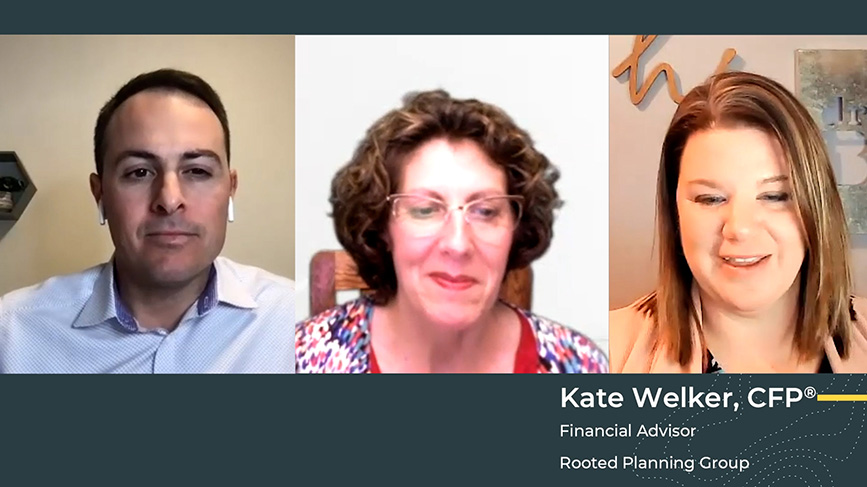
“When it comes to the cost of waiting, we know that education expenses are going up,” says Kate. “We know that costs down the road can be substantial, but we still wait.”
To illustrate the importance of maximizing your time, Kate shares real numbers to show how delaying, even by a couple years, could impact how much you’ll need to save. Based on historical figures, two years means needing roughly $3,000 more for college, four years means $6,000, and six years means an extra $10,000 for your child’s education.
Choosing the right plan
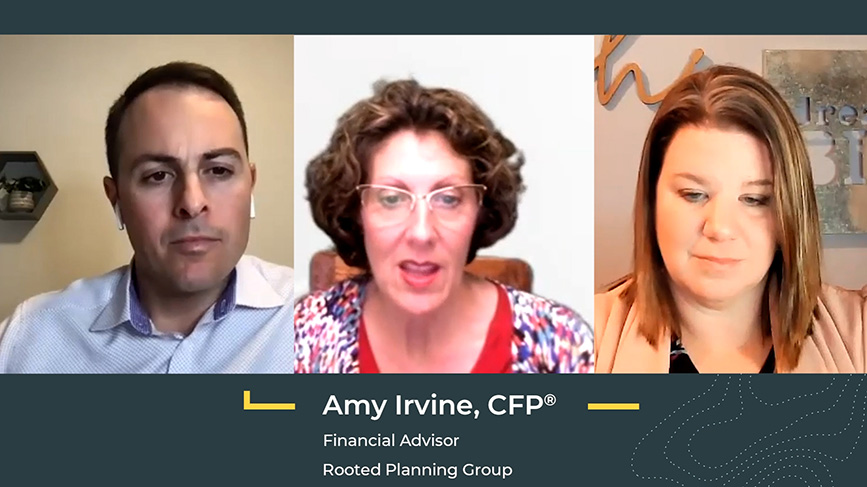
Amy highlights the benefits of both types of 529 college saving plans. There’s the traditional 529 savings plan, which can have age-based investment options that readjust – and become less aggressive – as your child gets older. Then there are 529 prepaid plans, state-owned and private, which allow you to lock in tuition so you don’t have to worry about inflation rates in the future.
Stay the course, pivot when necessary
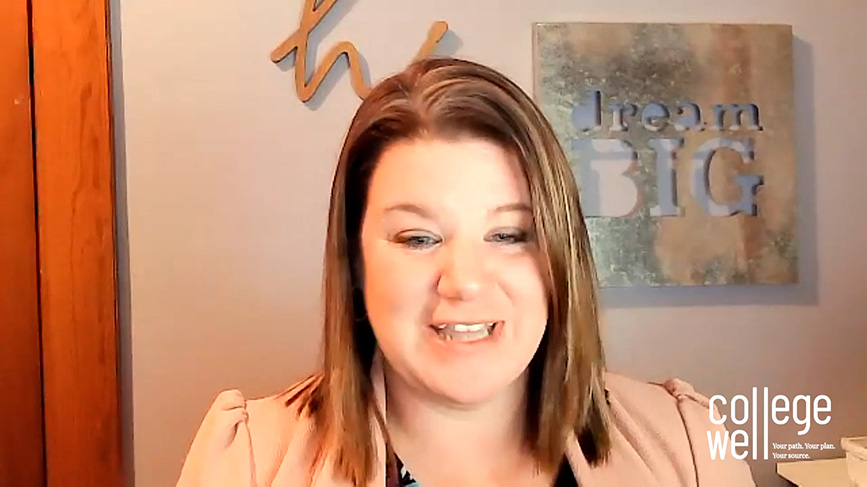
“We can show you the numbers in your plan, but your life is going to change,” says Kate. “I often tell people this is the snapshot right now.”
Kate knows circumstances will change for many of her clients, which is why it’s okay to “take a step back, pause, and reassess your plan [and] goals.” This can be an important step to make sure you’re still on the right path. Reassessing your finances could mean changing an investment vehicle or rebalancing funds.
College Pre-Approval™
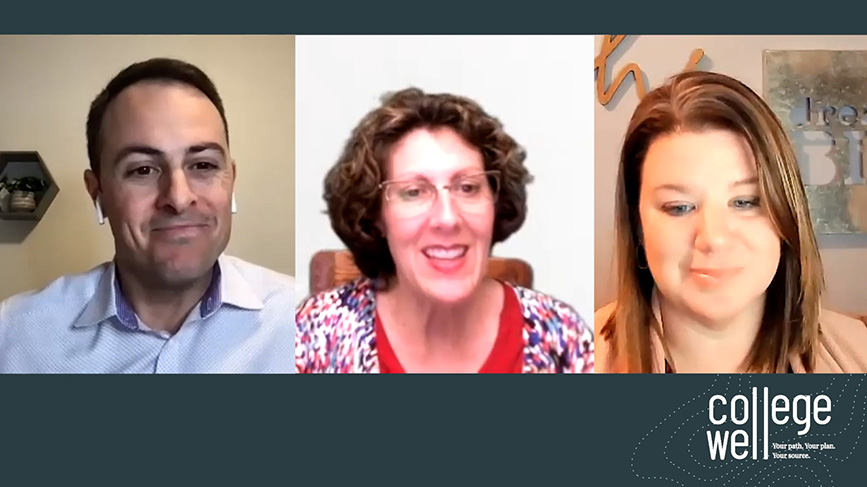
Rooted Planning Group uses a process called College Pre-Approval™ that helps families determine what they can realistically afford for their children’s education, much like getting pre-approved for a mortgage. The process includes finding “all of the [financial] resources that are going to be available,” from college savings and lending opportunities to tax credits and veterans’ benefits, even gifts from family.
Amy also recommends opening a separate account for each child and including children in financial conversations, especially as they get closer to college.
Late-stage saver? Priorities are paramount.
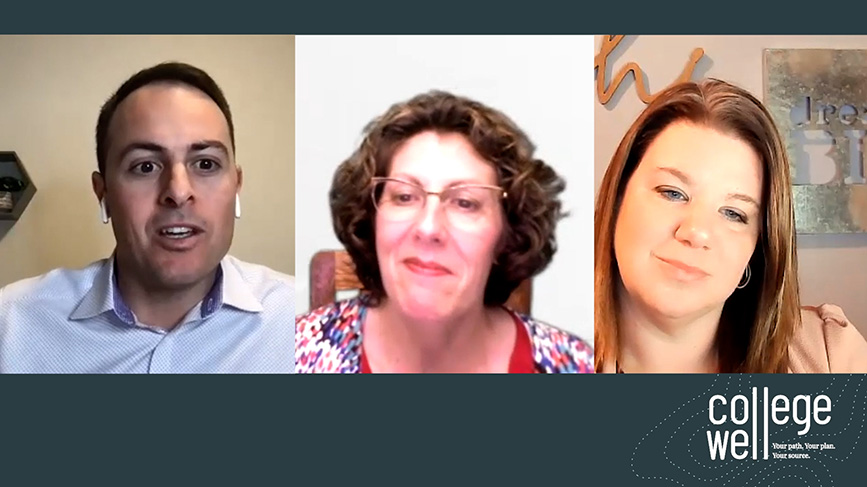
While the financial planning process starts the same for late-stage savers, determining priorities becomes more important — and sometimes easier — with older children.
With a shorter runway, families need to be realistic about their willingness and ability to fund a college savings account. On the flipside, they might have a better idea where their kids want to go to college (private vs. public) and what those college costs will look like.
These college decisions then (potentially) impact other financial goals like retirement. Kate poses a question some people might have to ask, “Is paying for college more important than retiring at 55 [or 65]?”
Kate acknowledges that late-stage savers normally have some guilt about not saving or being able to save earlier. That’s when it’s important to have a conversation with your children about finances and set realistic expectations for college.











